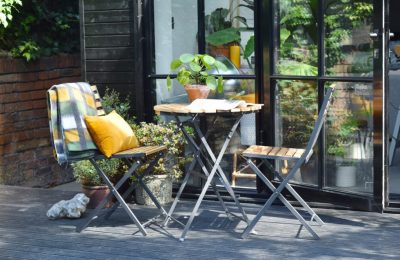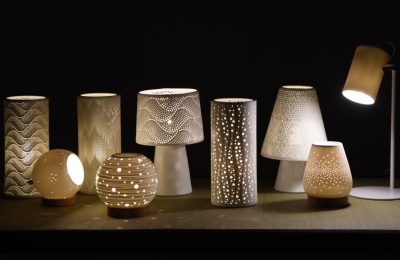
We’ve talked in previous blogs about the fact that people fit into different energy chronotypes – larks, who are morning people and owls who perform best in the evening. In those blogs we looked at the research and the implications of your chronotype for sleep, exercise and socialising. Now, it seems, the focus has shifted to work patterns.
Scientist Linda Geddes, talking at the Hay Festival in June, explained. She said research suggests if your manager is a lark and you’re a night owl, they’re going to judge your performance more poorly… And if you’re an owl forced to start work early, you’re going to curb your sleep… Curbed sleep can lead to unethical and deviant behaviour.
In her book Chasing the sun, Geddes proposes a more flexible approach to working to boost workplace productivity and employees’ health and happiness.
Indeed, sleep expert De Neil Stanley, talking in Grazia magazine, explains that the problem with office hours is that they’re a rigid, one-size fits all structure that doesn’t suit people… Our commutes are longer and we’re constantly connected by technology. Working 9-5 is a system that ignores people’s natural dispositions to be more alert at certain times. All this has an impact on our circadian rhythms, causing sleep problems.”
Futon Company says: There’s a lot to be said for finding your own work rhythm. Admittedly it’s harder to take the lead when you work in an office environment as much of your working day is likely to be about keeping in sync with meetings, incoming queries and external pressures which are out of your control. However, if you’re freelance or a homeworker there’s likely to be a little more flexibility over your working pattern. Whether you work in an office, from your kitchen table or a college canteen there are some small ways to take control of your working environment – namely surrounding yourself with office tackle that makes things flow a little easier. That way, whether you’re an owl or a lark that’s one less thing to worry about!









